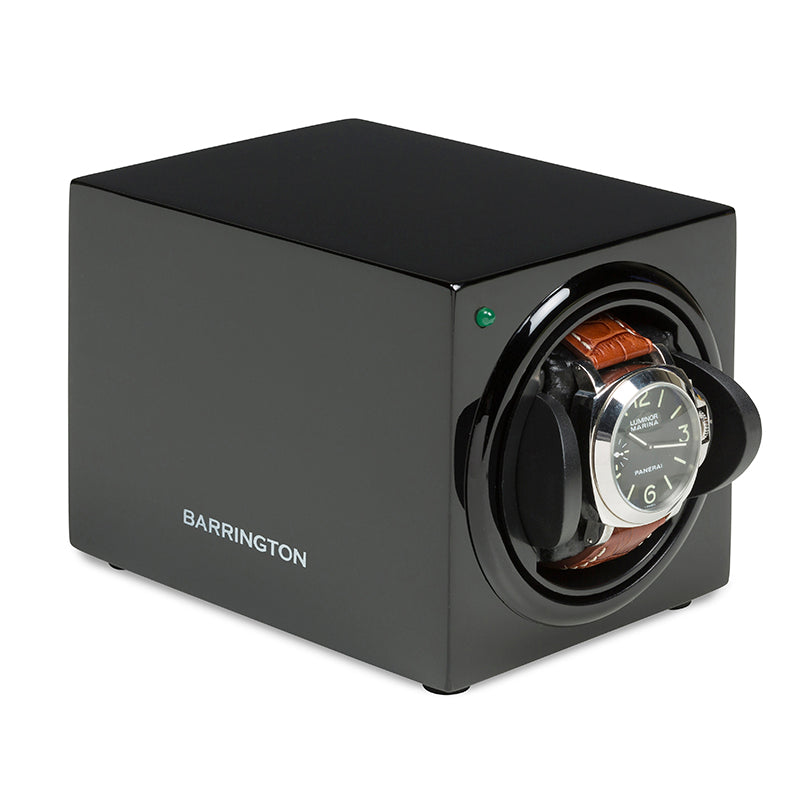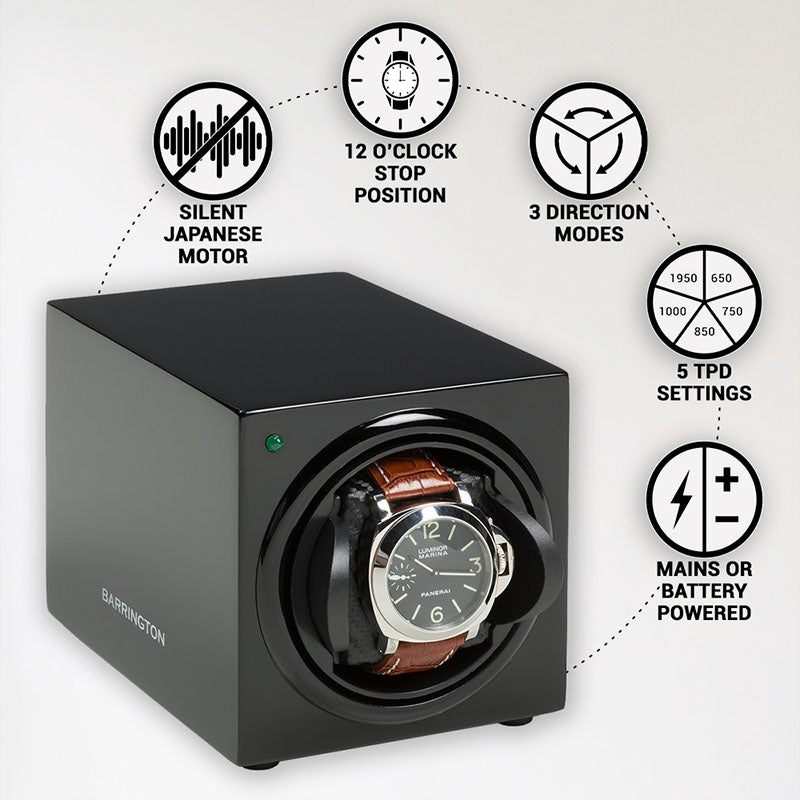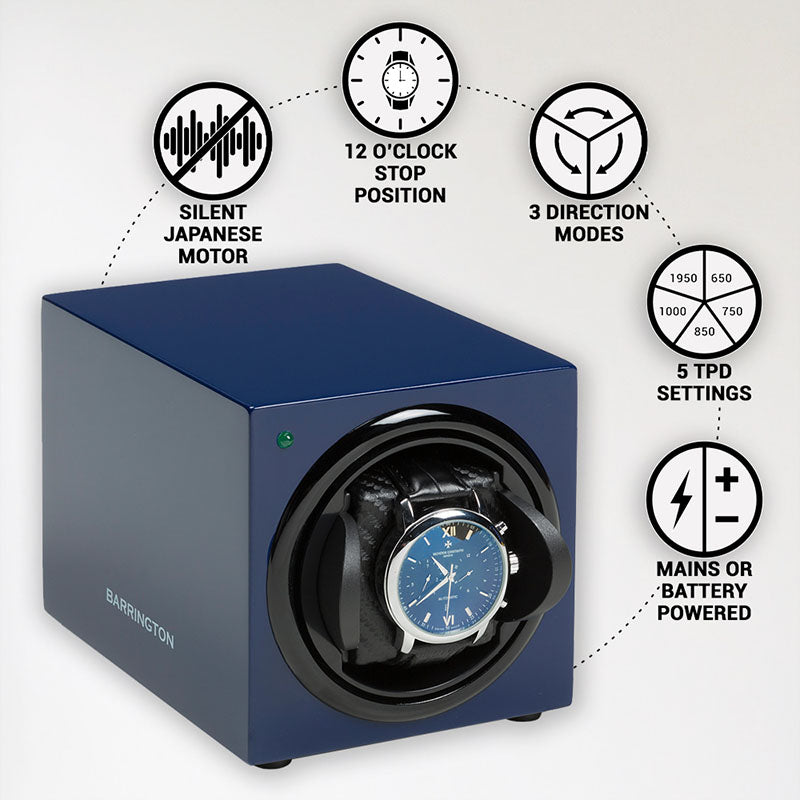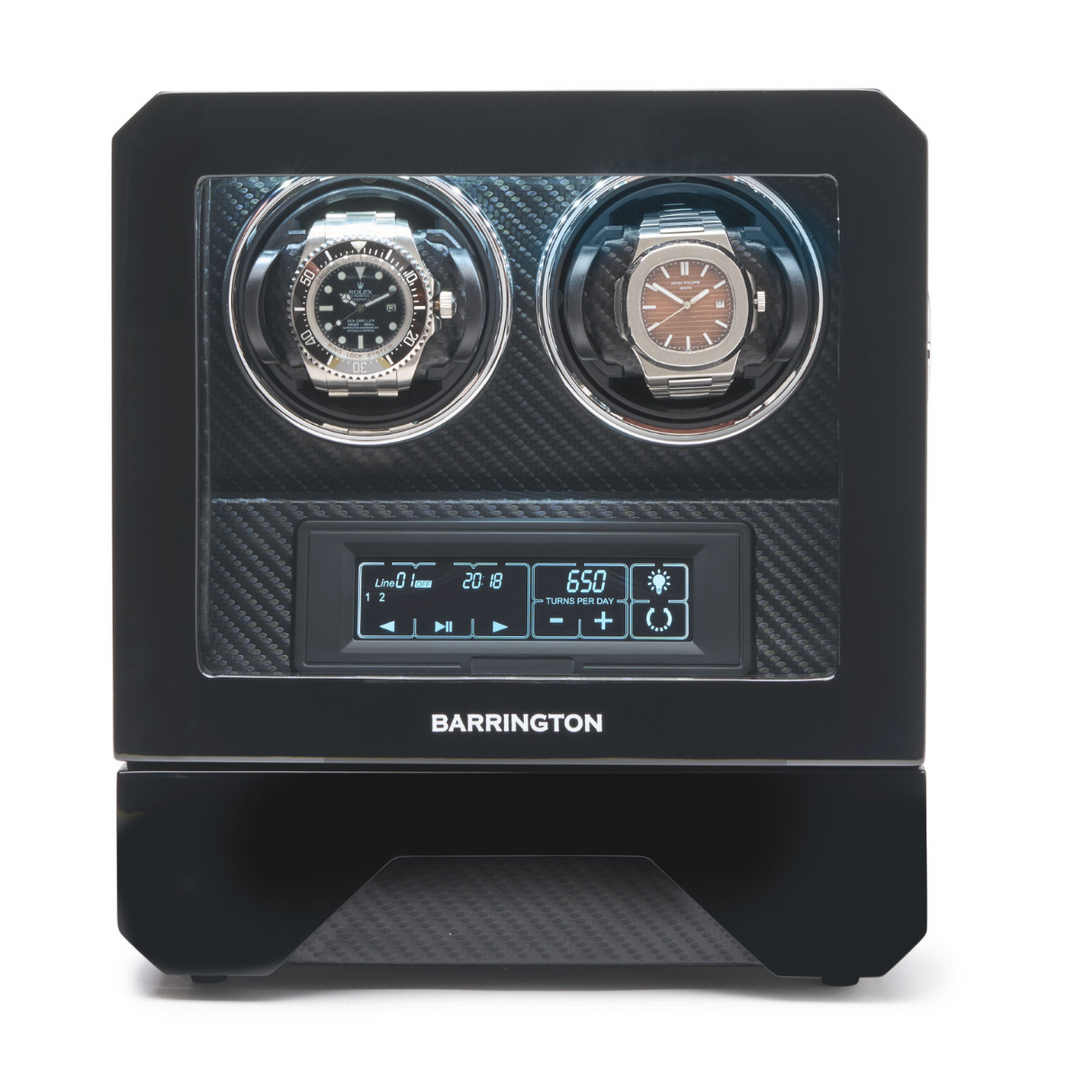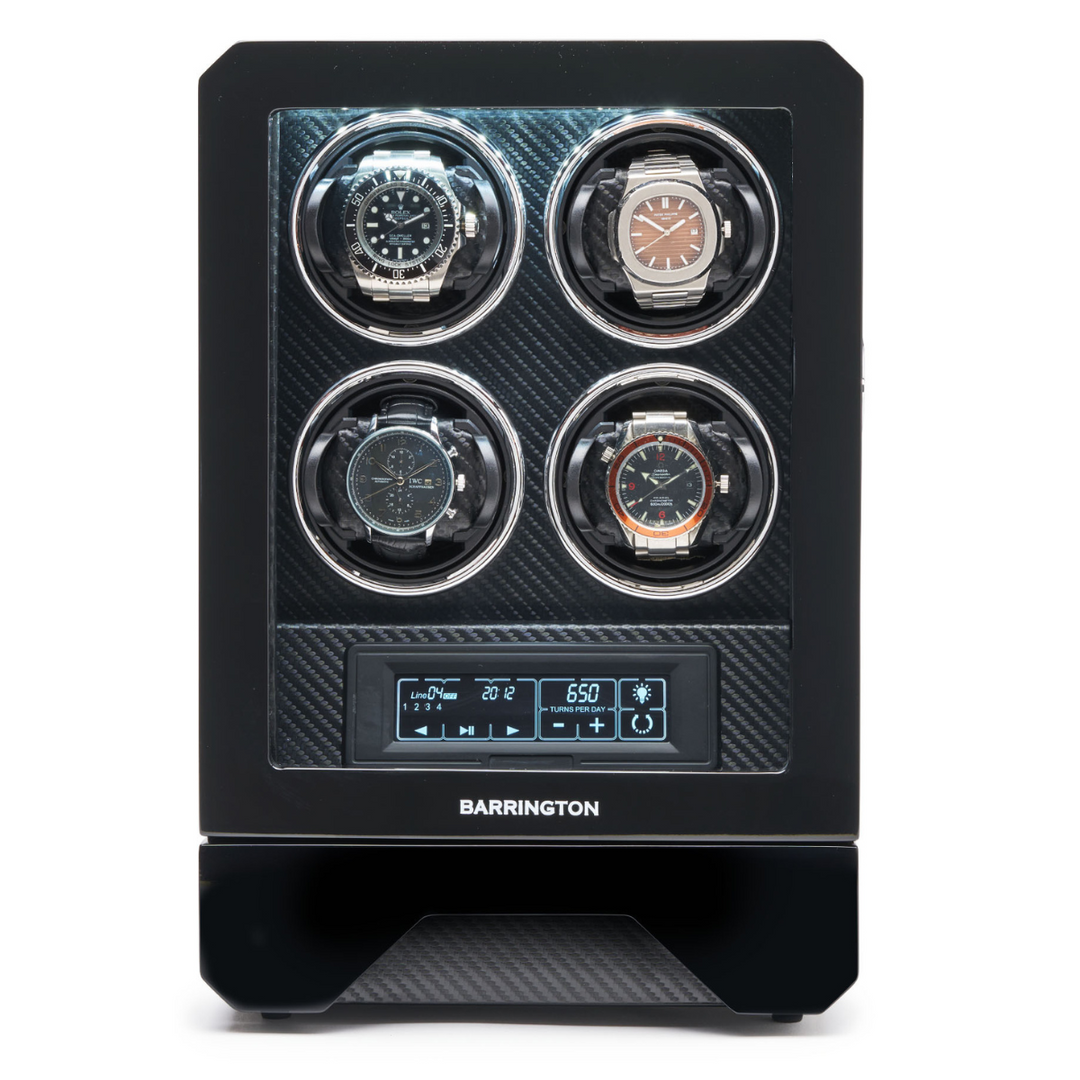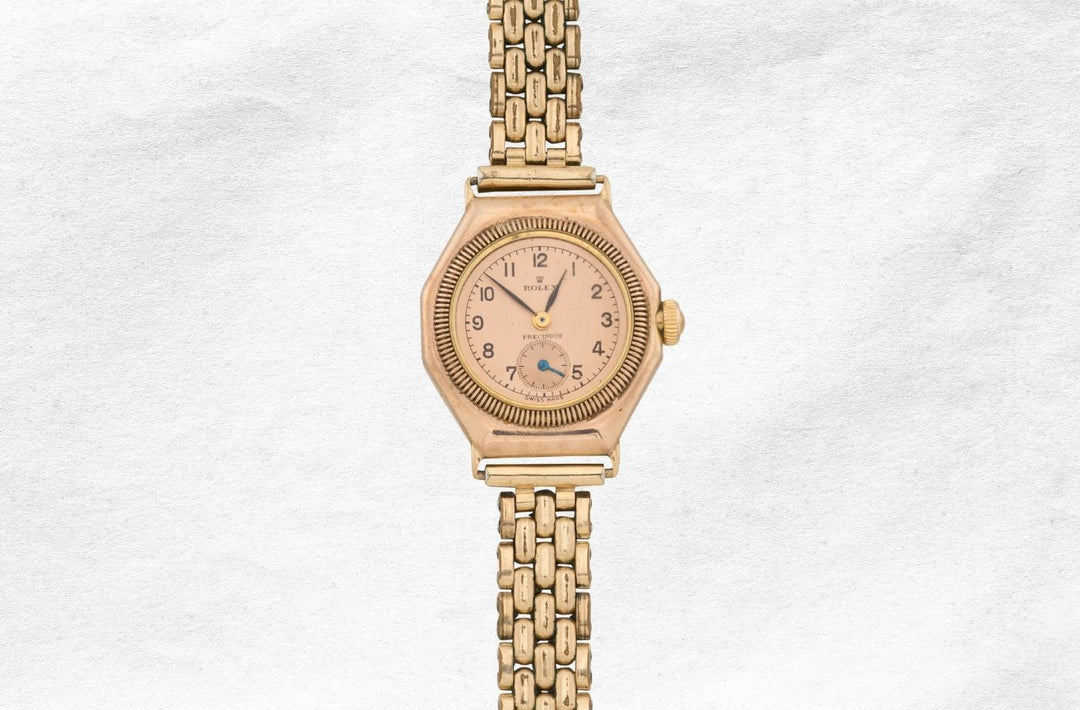The Bulova Chronograph That Reached the Moon: An Unexpected Chapter in Apollo 15
In the history of human space exploration, every detail of a mission is meticulously planned. NASA’s selection of equipment, from spacecraft to spacesuits, goes through years of testing and refinement to ensure reliability in the unforgiving conditions of space. One of the most iconic pieces of astronaut gear is the wristwatch. Since 1965, the Omega Speedmaster had been the timepiece of choice for NASA, earning its place as the official watch for all crewed missions after surviving a battery of extreme tests. But in 1971, during the Apollo 15 mission, a different brand made an unexpected appearance on the lunar surface: a Bulova chronograph, privately owned by Commander David Scott.

Apollo 15, NASA’s fourth successful manned landing on the moon, was a mission focused on extended scientific exploration. With more time on the lunar surface than previous missions and the use of the lunar rover, timing was a crucial aspect of the astronauts’ activities. As Commander of the mission, David Scott was responsible for leading the exploration and ensuring the team adhered to precise timelines for each task. Like his fellow astronauts, Scott was equipped with an Omega Speedmaster, the model that had become standard-issue for NASA due to its proven durability and performance in the space program. But during one of the mission’s EVAs (extravehicular activities) on the moon’s surface, Scott’s Omega experienced a surprising failure.
The crystal of Scott’s Speedmaster detached from the watch, leaving him without a functional timepiece. On the moon, every second counted; astronauts needed to coordinate complex activities like navigation, sampling, and communication, with strict deadlines to ensure mission success and safety. In such an environment, the sudden loss of a reliable wristwatch was no small issue.
Fortunately, Scott had brought a personal backup—an unofficial addition to his NASA-approved gear. The watch in question was a Bulova chronograph, a model that had not gone through NASA’s rigorous selection process. In the years leading up to Apollo 15, Bulova had actively lobbied to be included in NASA’s space missions, competing with Omega to provide timepieces for astronauts. While Bulova had made some inroads into supplying timing devices for space-related projects, such as the timing instruments used on spacecraft, Omega had always been chosen for the wristwatches used by astronauts. Despite this, Scott had brought his Bulova as a personal item, and in the moment of need, it became his primary timekeeper for the remainder of the mission.


The Bulova chronograph, unlike Omega’s Speedmaster, had never been tested in the extreme conditions of space or the moon. Yet, it performed flawlessly under lunar conditions. The watch’s unexpected role in the mission wasn’t part of NASA’s official equipment strategy, but it quickly became a vital tool for Scott as he continued his duties on the moon. As the first privately owned wristwatch to be worn on the lunar surface, the Bulova entered space history in an entirely unplanned way.
Upon his return to Earth, the watch’s lunar journey remained relatively low-profile. The official narrative of the Apollo program focused, as expected, on the scientific achievements and major milestones of the mission, with little attention paid to Scott’s use of a personal watch. For decades, the Bulova chronograph remained an intriguing but lesser-known piece of space history. It wasn’t until 2015 that the story would resurface in a significant way.
That year, David Scott’s Bulova chronograph was put up for auction. Initially, it was expected to attract interest due to its connection with a key moment in space exploration, but few predicted the staggering outcome of the auction. The watch sold for an astounding $1.6 million, far exceeding its pre-auction estimates. The sale made headlines around the world and sparked renewed interest in the story behind the watch.
Several factors contributed to the watch’s extraordinary value. First, its status as the only privately owned wristwatch to have been worn on the moon made it a unique artifact, with a rarity that is difficult to overstate. NASA astronauts were typically bound by strict guidelines about the equipment they used during missions, so the presence of a non-standard timepiece like Scott’s Bulova was highly unusual. Moreover, the watch’s role in saving a critical part of the mission, by providing Scott with a reliable timekeeper after his official Omega failed, elevated its significance even further.
The auction also shone a light on Bulova’s efforts to participate in NASA’s space program. While Omega ultimately won the contract to supply astronauts with wristwatches, Bulova had made its own contributions to the U.S. space program. Bulova’s timing instruments were used in various capacities, including on board spacecraft and in ground control systems. However, the story of Scott’s watch gave the brand a new claim to fame—one that even its most strategic marketing efforts could never have orchestrated.

Today, the story of the Bulova chronograph on Apollo 15 serves as a reminder of the unpredictable nature of space exploration. Even with years of planning and testing, unexpected challenges can arise. Scott’s quick adaptation to the failure of his Omega Speedmaster is a testament to the importance of having backups and the resourcefulness that astronauts often need in high-stakes situations. It also demonstrates how, in the complex world of space missions, even seemingly minor pieces of equipment like a wristwatch can take on an outsized importance.
While Omega continues to be synonymous with NASA’s space program and remains the official timepiece of choice for astronauts, the Bulova chronograph from Apollo 15 has earned its place as a remarkable footnote in space history. More than 50 years after the mission, the watch remains a symbol of adaptability, timing, and the unexpected moments that can shape the outcome of even the most carefully planned ventures.


